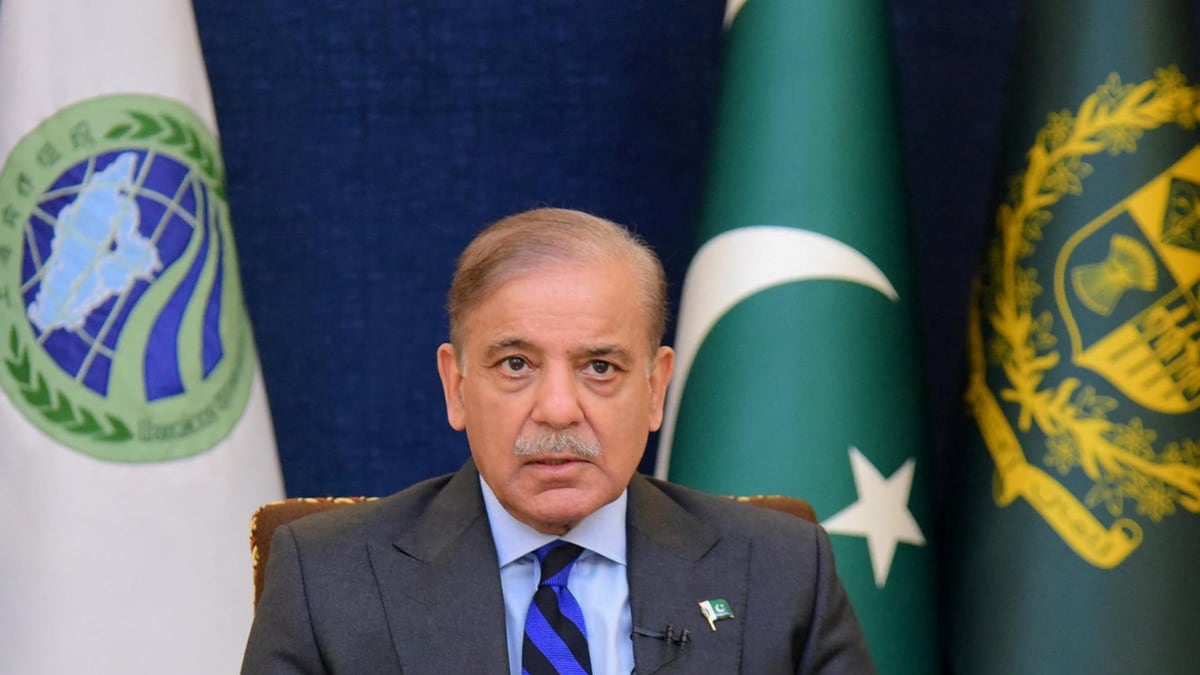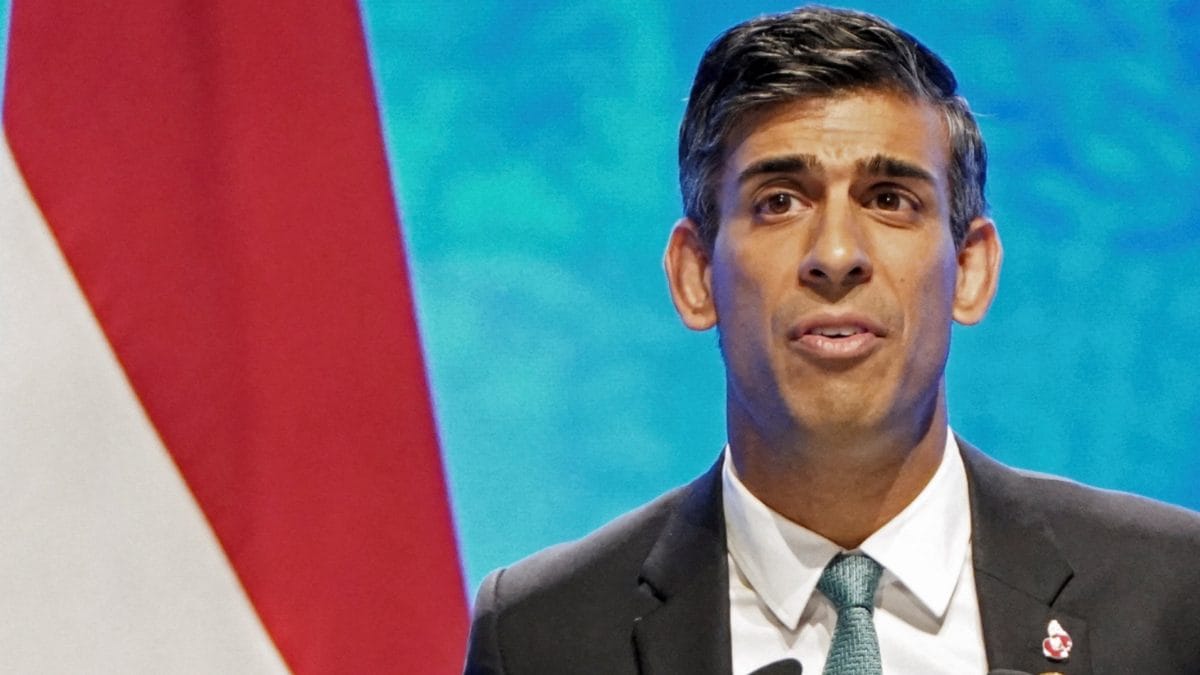The claim by a former government minister earlier this week that parts of London and Birmingham with large Muslim populations are “no-go areas” has highlighted the enduring myth that there are UK neighbourhoods and towns unsafe for white people.
Paul Scully, the MP for Sutton and Cheam in Greater London, later retracted his suggestion that Tower Hamlets and Sparkhill were unsafe for non-Muslims to enter, made during a BBC interview about allegations of anti-Muslim sentiments within the Conservative party. But he also defended invoking the Islamophobic trope on the grounds that people told him they perceived there to be a threat.
Rightwing politicians and commentators in the US, the UK and Europe have promoted the notion of such Muslim-controlled areas since the early 2000s. Initially, it was usually connected to claims about Islam posing an existential threat to white western civilisation in the wake of Islamist terrorist attacks. But it was later cited in fears about community cohesion and racial and religious segregation, and wider debates about immigration.
Joe Mulhall, the director of research at the anti-fascism organisation Hope Not Hate, said that over the past two decades the no-go zone myth – often associated with fears that these places were governed by sharia law – had gradually spread from niche extreme and populist rightwing spaces, including the Norwegian white nationalist Anders Breivik’s manifesto, US conservative thinktanks and Fox News, into mainstream Conservative politics.
A survey of Tory party members, published by Hope Not Hate this week, found that 52% believed parts of European cities were under sharia law and were no-go areas for non-Muslims. While sharia councils do operate in the UK, they predominantly deal with Islamic divorces, arbitration and mediation, and their rulings have no legal standing.
“The no-go zone is a really good example of something that started in very marginal spaces, but increasingly got traction because it was a framework with which you could talk about your anti-Muslim prejudice,” said Mulhall.
Perhaps the first mainstream application of the term to Muslim areas came in David Ignatius’s 2002 article in the New York Times in which he claimed areas of Paris became “no-go zones at night”. The phrase also gained prominence in the UK, with the Rev Michael Nazir-Ali – then the bishop of Rochester – writing a 2008 column in the Sunday Telegraph warning of no-go areas where Islamic extremism had become acceptable.
A fully fledged conspiracy theory was in evidence in 2015, when the Fox News pundit Steven Emerson infamously said Birmingham had become a “totally Muslim” city and that gangs of religious police in parts of London beat up people who were not wearing Islamic clothes. He was labelled a “complete idiot” by the then prime minister, David Cameron.
Over this period, the “counter-jihad” movement in the UK was expanding rapidly. Groups such as the English Defence League used the bogeyman of no-go areas to justify rallies in places with large Muslim communities, such as Tower Hamlets in east London.
“People that had a broad disquiet or prejudice towards Muslims engaged with online content or turned up at demonstrations,” Mulhall added. “Then they’re hearing not just that Muslims are bad but there are specific things like no-go zones. So those already susceptible to that kind of belief system now have a certain language to articulate it. These marginal narratives start to percolate through society, to the point where it becomes the way that people talk about an issue.”
Historically, the term has been used to refer to conflict zones such as Free Derry, the self-declared autonomous Irish nationalist area of the city established during the Troubles in 1960s Northern Ireland, and areas in cities dominated by organised crime groups, such as the triad-controlled Kowloon Walled City in British-ruled Hong Kong in the 1950s.
Academics said the term’s contemporary usage to foment fears about Islam drew on these historical precedents by invoking security concerns to mask racist caricatures about immigrant communities. “It’s almost hiding the racialisation [involved] by not using ghetto-type language,” said Nissa Finney, a professor of human geography at the University of St Andrews.
Finney, the co-author of Sleepwalking to Segregation? – Challenging Myths About Race and Migration, said although the phrase did not have a long history in the UK, fears about these kinds of unsafe spaces were evident in similar historical descriptions of inner cities and migrant communities in the 1960s, and of Victorian London slums.
“The idea of the inner city [has] always been concocted as something that is deviant, dirty and deprived,” she said. “When you get that intertwined with ideas of problematic racialised others coming to take over our land, you get a potent idea of places that [white people] just don’t want to go to.”
Shabna Begum, the interim co-CEO of the Runnymede Trust, compared the proliferation of the no-go areas conspiracy theory to the moral panic stirred up around mugging by the UK press and politicians in the 1970s.
In the early 1970s, a crime in Britain was labelled a mugging by the press for the first time, with national newspapers going on to report dozens of other cases in the following months. The cultural theorist Stuart Hall found there was no statistical evidence to support the hysteria, in which the “black mugger” was often used to symbolise the breakdown of law and order. Hall said this allowed politicians to persuade the public that the political and economic crises facing the country were caused by immigrants.
Begum said: “In terms of the reported incidents of violence relating to the hysteria that was generated, there was a real disconnect between the two. I think that these kinds of moral panics are generated at times of political and economic crisis, and we’re in both.”

 1 month ago
1 month ago


















